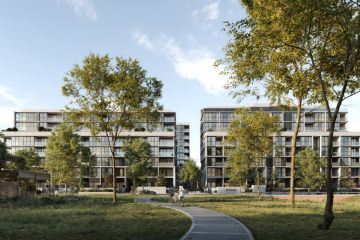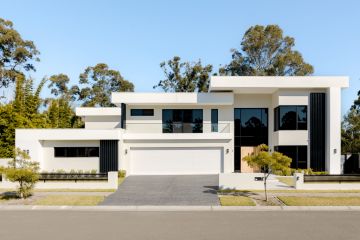Walkability, pools and smart tech among top trends for new homes in 2025
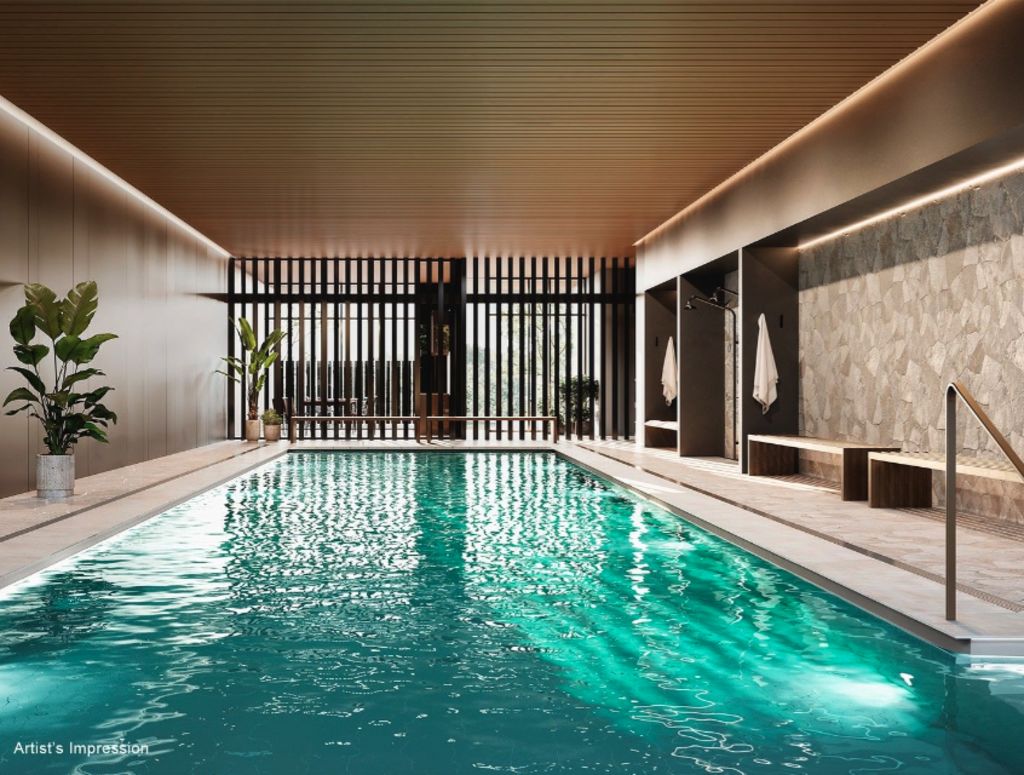
High ceilings, swimming pools and proximity to public transport are “must-haves” for new homes and developments in 2025, with a growing desire for smart technology and sustainability, research has revealed.
Mirvac’s latest bi-annual Property Choices survey of more than 2000 Australians analysed key trends and preferences among buyers of new homes, including apartments, townhomes and houses in master-planned communities, with a focus on in-home features and location convenience.
The research found an increasing appetite for walkability and “hyperlocal” planning in new developments, as well as a high level of on-site amenity for shared spaces.
Mirvac chief executive of development Stuart Penklis said some buyer preferences were expected, while others indicate rising trends, from innovative inclusions to floor-plan configurations.
“It’s no surprise that public transport was number one across master-planned and apartment communities – reinforcing the desire to rely less on a car,” Penklis said.
“[Buyers] want key features and facilities that are important to them to be walking distance away … with parks and gardens, convenience shopping, casual dining and healthcare among the top responses when it comes to location.
“We are also seeing growing interest in smart-home capabilities – from security to comfort systems (heating and cooling) – highlighting increased demand for the use of technology to simplify living.”
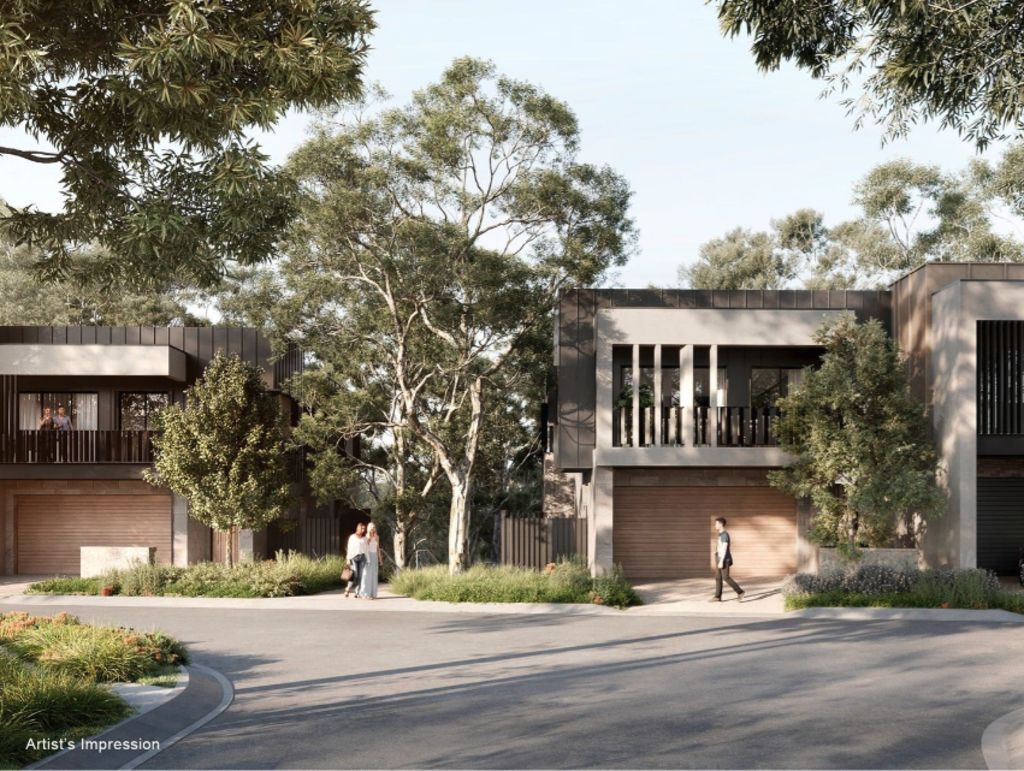
However, he said “classic” features such as high ceilings and quality kitchen appliances continue to rate highly among Mirvac’s new home customers.
Penklis also noted the trend for sustainable features aligning with the desire to cut household costs.
“Recent analysis estimates customers stand to reduce energy bills by more than $1800 a year with an all-electric home with solar panels,” he said.
“We are seeing real momentum globally, as well as locally, towards all-electric homes and buildings and a major shift in customer sentiment, which we are responding to by ensuring all-electric is ubiquitous across all our developments.”
New homes: What’s in and what’s out in 2025
Here are the most and least wanted features for new-home buyers, according to Mirvac’s latest Property Choices research, and some of the trends on the rise in 2025.
In-home features
Space, comfort, convenience and security were key themes for interiors across all home types, topped by ceiling height, kitchen appliances, smart heating and cooling systems and in-house security.
Integrated indoor-balcony spaces were important for apartments, without steps for accessibility and future-proofing.
Additions such as baths, keyless entry and built-in sound systems were less important for buyers across all types.
Room types
Two-bedroom apartments, four-bedroom houses and three-bedroom townhouses were the most popular home configuration choices – all with two bathrooms and two car spaces.
Study nooks are in (45 per cent wanted them) while separate offices are out across all typologies – and surprisingly, one in five respondents preferred no study space at all.
Workshop/hobby spaces are out, according to two-thirds of respondents (64 per cent).
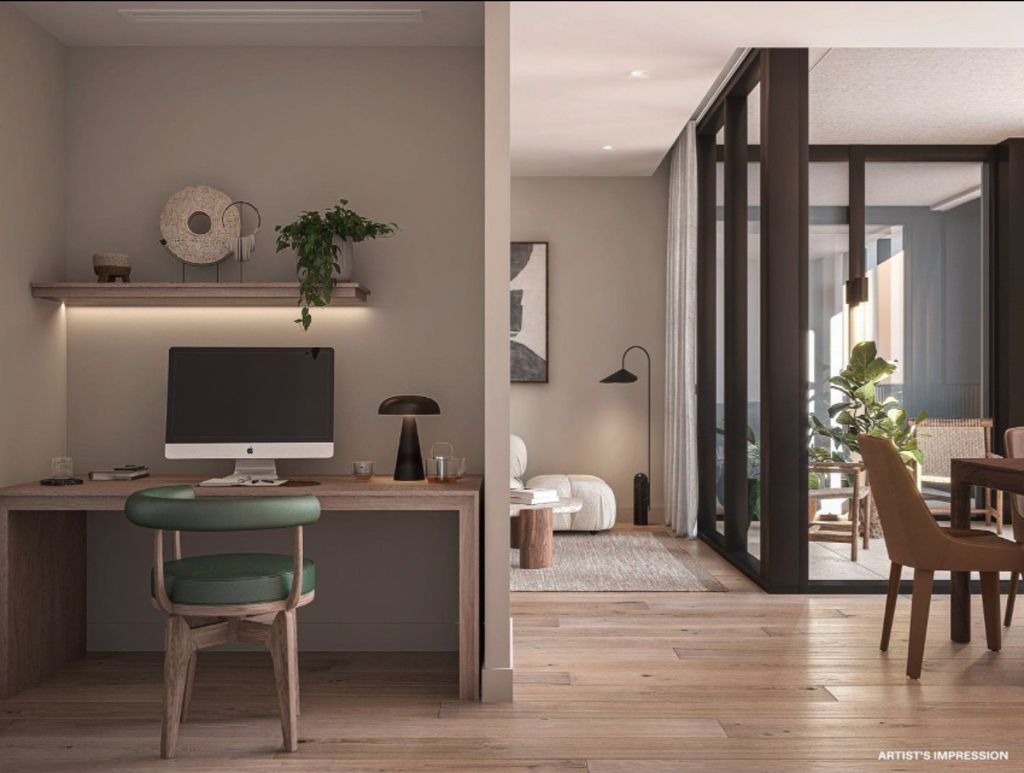
Community amenities
In terms of on-site resident facilities, recreational swimming pools, barbecue areas, community gardens, and shared gym spaces had universal appeal.
Parks and spaces to gather were also important to buyers across development types.
Libraries rated highly for master-planned communities, while games rooms, theatres, treatment spaces and music rooms were the least wanted.
Apartment buyers prioritised a lobby to greet guests but placed less emphasis on shared workspaces.
Sustainability
Willingness to pay extra for sustainability features has more than doubled since 2022 – less than 7 per cent said they would not pay extra for any sustainability features compared to 17 per cent three years ago.
Half of all respondents indicated a preference for an all-electric home; one in five were unsure.
More respondents than not have a sustainability feature installed in their current home (63 per cent), with solar panels the most popular (33 per cent) but solar batteries the least (5 per cent).
Almost a third of respondents (28 per cent) said they would pay extra for the installation of solar panels.
We recommend
States
Capital Cities
Capital Cities - Rentals
Popular Areas
Allhomes
More









